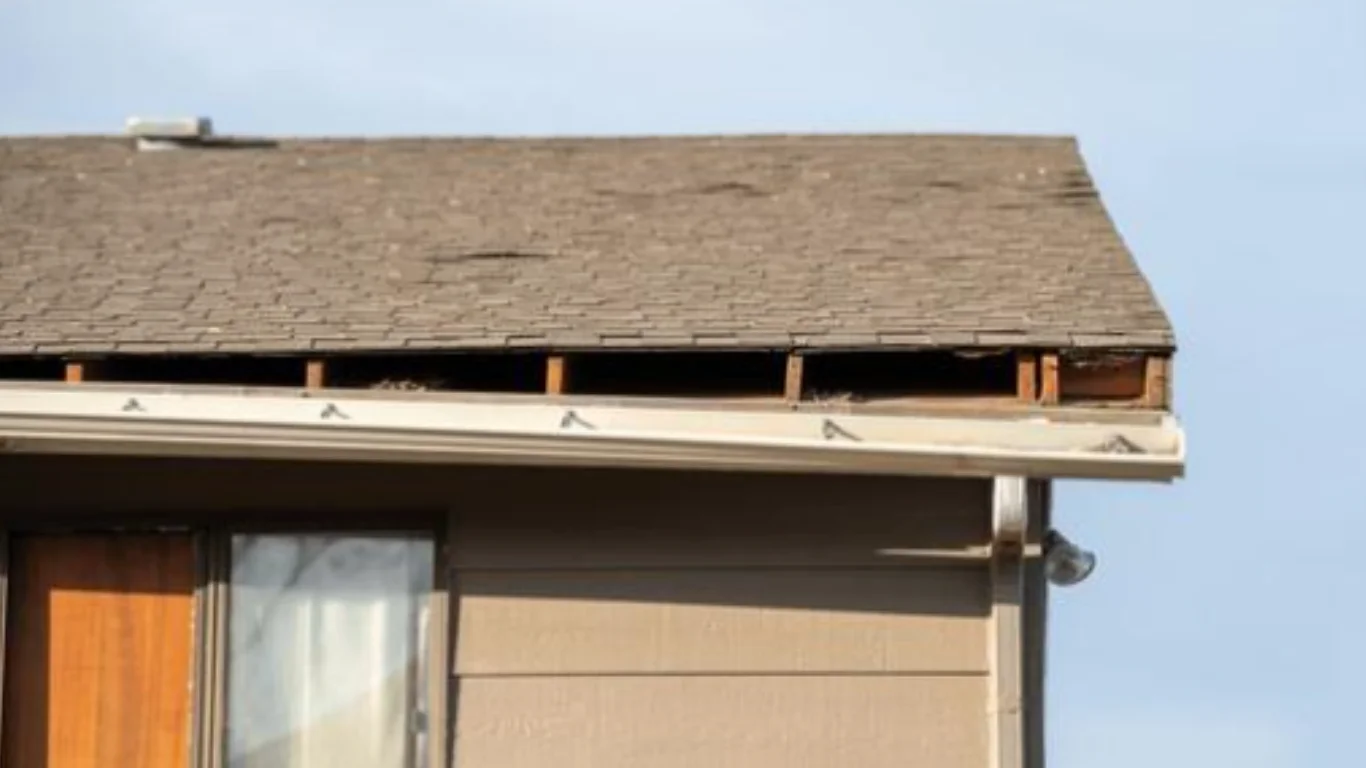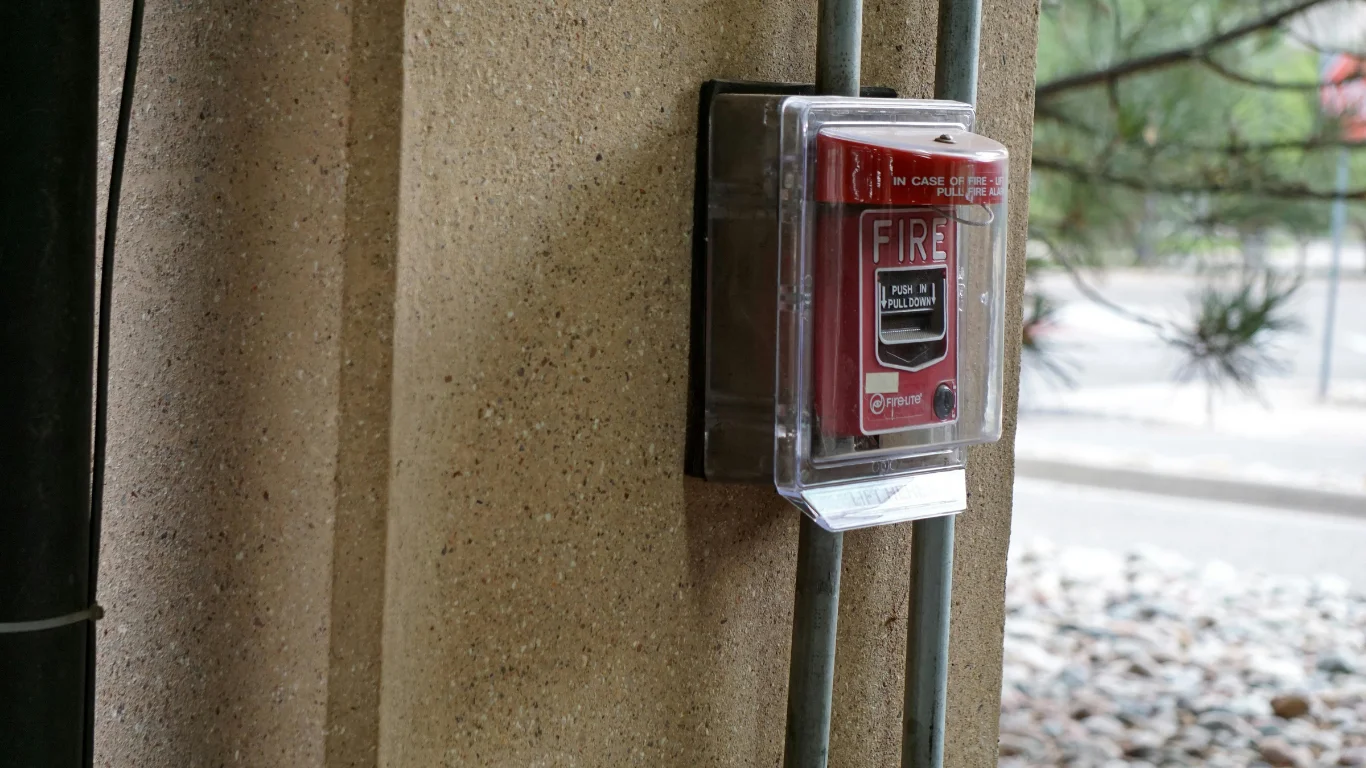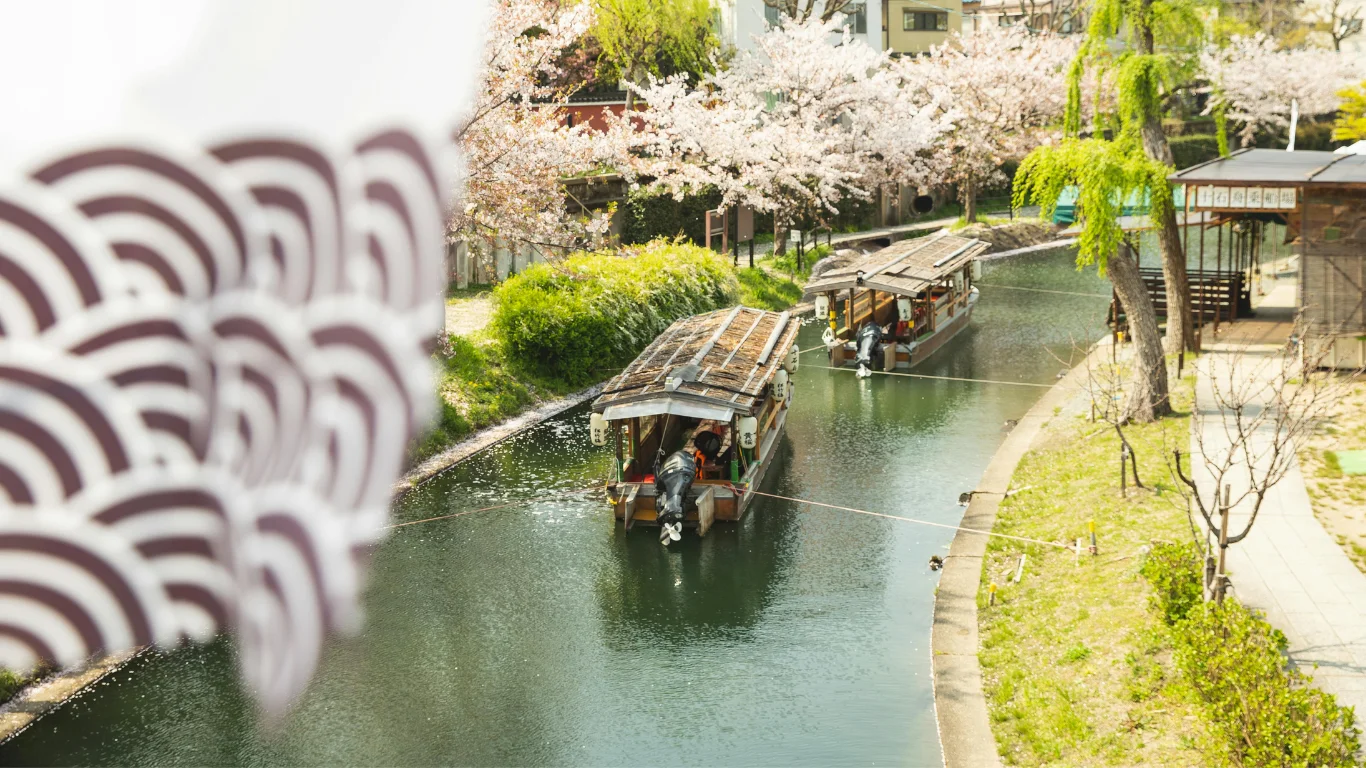Have you ever thought about how a garden pond could transform your backyard? It can turn an ordinary space into a peaceful retreat, attracting wildlife, enhancing the landscape, and even increasing property value. Whether you’re dreaming of a small water feature or a full-scale koi pond, proper planning is essential to ensure its long-term success.
The Benefits of Building a Garden Pond
Before diving into the technical details, let’s look at the benefits of building a garden pond:
- Aesthetic appeal: Adds visual beauty and a natural element to your garden.
- Relaxation: The sound of water promotes tranquility and stress relief.
- Wildlife habitat: Ponds attract frogs, birds, butterflies, and dragonflies.
- Environmental value: Ponds help create microclimates and support biodiversity.
- Personal fulfillment: Building and maintaining a pond is a rewarding hobby.
Step 1: Define Your Goals
The first step in planning a garden pond is to define what you want out of it. Ask yourself:
- Do you want to raise koi or goldfish?
- Do you prefer a wildlife pond or a decorative feature?
- Will you include plants, waterfalls, or fountains?
- What size and shape fits your available space?
Clear goals help determine everything from pond depth to filtration needs.
Step 2: Choose the Right Location
Choosing a proper site is one of the most crucial decisions. Your pond should be:
- Partially shaded: Too much sun promotes algae growth, while full shade limits plant diversity.
- Away from trees: Falling leaves clog filters and decompose, creating excess nutrients.
- On level ground: Avoid low spots that collect runoff and chemicals.
- Visible: Place your pond where it can be admired—perhaps near a patio or window.
Consider how the pond fits into your existing landscape and whether electricity and water access are nearby.
Step 3: Determine Pond Size and Depth
Your pond’s size and depth will depend on your space, purpose, and local climate.
- Small decorative pond: Minimum 2 feet deep, ideal for water plants.
- Goldfish pond: At least 2–3 feet deep to prevent freezing in winter.
- Koi pond: 3–5 feet deep and 1,000+ gallons to support fish health.
Deeper ponds maintain more stable water temperatures and support a greater variety of plants and animals.
Step 4: Decide on a Pond Liner or Preformed Shell
When constructing your pond, you’ll need to choose between:
Flexible Pond Liners (EPDM/PVC)
- Customizable shapes and sizes
- Durable and UV-resistant
- Requires underlayment for protection
Preformed Pond Shells
- Easy to install
- Limited size and shape options
- Good for small ponds or beginners
For more complex designs, a flexible liner offers the best flexibility and depth variation.
Step 5: Incorporate Proper Filtration
Filtration is essential to keep your pond water clean, healthy, and free of algae. A good filter removes debris, harmful bacteria, and toxins while circulating the water.
Why Use POPOSOAP Pond Filters?
POPOSOAP pond filter are a top choice for garden pond enthusiasts because they provide:
- Advanced mechanical and biological filtration
- Durable and weather-resistant construction
- Easy-to-clean systems with backflush features
- Quiet, energy-efficient pumps
Whether you’re managing a small garden pond or a large koi setup, POPOSOAP filters help maintain water clarity, support fish health, and minimize maintenance. Their filter kits are ideal for beginners and professionals alike, with models suitable for ponds of all sizes.
Step 6: Add Water Features and Pumps
Adding water features like waterfalls or fountains can enhance the beauty and function of your pond:
- Waterfalls add natural sound and help oxygenate the water.
- Fountains add movement and reduce mosquito breeding.
- Pumps circulate water and feed filtration systems.
Make sure to match your pump’s capacity to your pond’s volume. As a rule of thumb, your pump should circulate the pond’s entire volume once per hour.
Step 7: Choose Plants and Aquatic Life
Plants and fish not only beautify your pond but also support a balanced ecosystem.
Pond Plants:
- Marginal plants (e.g., irises, cattails) grow in shallow water at the edge.
- Floating plants (e.g., water lilies, duckweed) provide shade and limit algae.
- Submerged plants (e.g., hornwort, anacharis) oxygenate the water and offer cover.
Fish Options:
- Goldfish: Hardy, low-maintenance, and vibrant.
- Koi: Larger and more colorful, but require more space and filtration.
- Minnows or guppies: Good for mosquito control in smaller ponds.
Avoid overstocking your pond and feed fish sparingly to prevent nutrient build-up.
Step 8: Install Lighting and Edging
Lighting allows you to enjoy your pond at night and adds visual drama. Consider:
- Solar or LED underwater lights
- Spotlights for waterfalls
- Pathway lighting around the pond
For edging, use natural stones, pavers, or plants to create a seamless transition from water to land. This prevents erosion and enhances the pond’s appearance.
Step 9: Monitor and Maintain Your Pond
Ongoing pond maintenance is key to long-term success. Here are a few tips:
- Skim leaves and debris daily during autumn.
- Clean or backflush your POPOSOAP filter weekly or as recommended.
- Trim dead plant material regularly.
- Test water quality for ammonia, pH, nitrates, and oxygen levels.
In colder climates, consider installing a pond de-icer or aerator to prevent freezing and maintain oxygen levels during winter.
Budgeting and Planning for Long-Term Success
Creating a garden pond is an investment. On average:
- Small pond: $300–$800
- Medium pond: $800–$2,000
- Large koi pond: $2,000–$10,000+
Your budget should include excavation, liners, filters, pumps, plants, fish, and landscaping. Don’t forget electricity costs for running pumps and filters.
Choosing durable products like POPOSOAP solar powered pond filter reduces long-term maintenance and replacement costs, saving time and money.
Common Garden Pond Mistakes to Avoid
Here are some common errors and how to avoid them:
- Importance of filtration
Always invest in a high-quality filter like POPOSOAP. - Placing the pond under trees
Leads to leaf buildup and root damage. - Overstocking with fish
Causes poor water quality and disease. - Neglecting winter prep
It can lead to fish kills and ice damage. - Skipping planning
Rushed construction results in costly rework.
Wrapping Up: Creating Your Perfect Garden Pond
Planning a garden pond is a rewarding project that adds tranquility and natural beauty to your outdoor space. From choosing the right location to selecting quality equipment like the POPOSOAP pond filter, every detail matters in creating a healthy and sustainable aquatic environment.
By taking the time to plan properly, invest in the right products, and maintain your pond regularly, you’ll enjoy a thriving, clear-water ecosystem that becomes the crown jewel of your garden for years to come.







